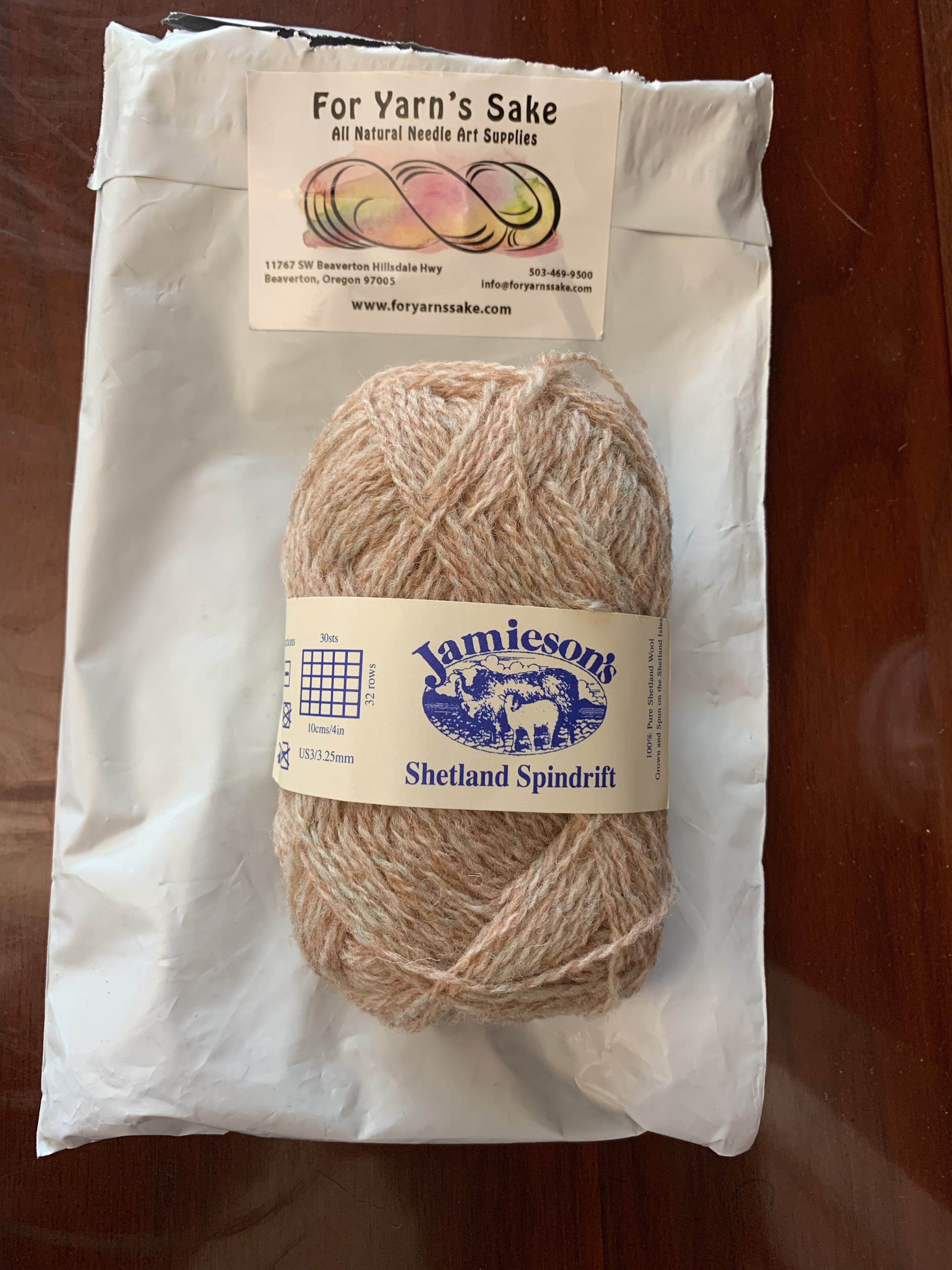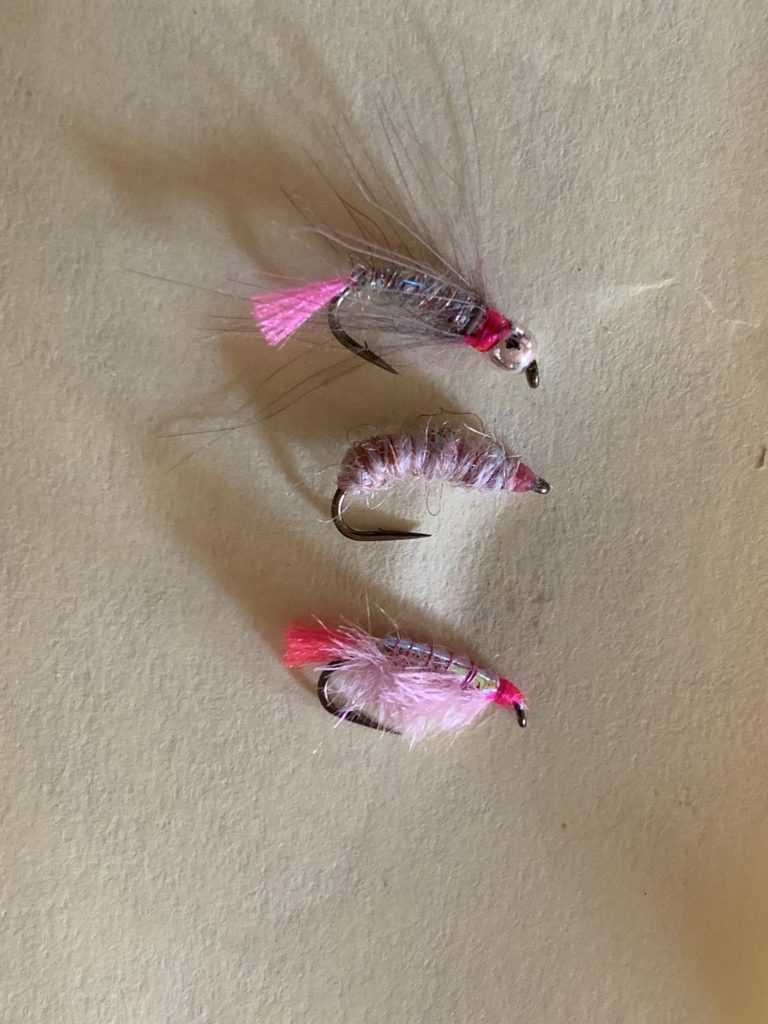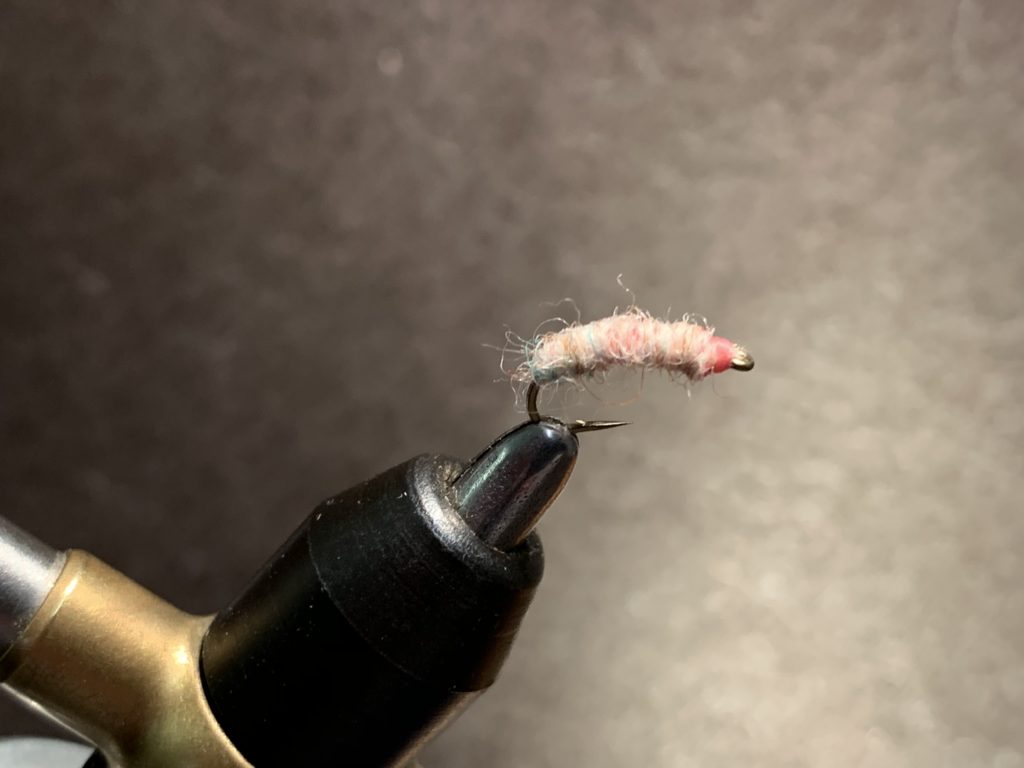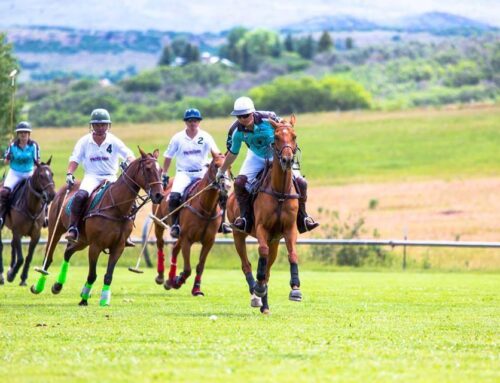Those of you that know me or follow this site, know that I am a big follower of the late Frank Sawyer and his grandson, Nick Sawyer, in their carrying on of the traditions of the Sawyer Pheasant Tail, Grey Goose and Killer Bug flies.
After may years of trying to follow in the traditional way of tying the Killer Bugs and acquiring Chadwick’s 477 and every possible variation of substitute yarn (over a dozen now), for the last 20 years and a good deal of experimenting with them on the stream, I am about to break with tradition.
I feel more than a bit ashamed, actually probably lower than the likes of a crack whore who has cheated on her pimp, but I have to confess that I’ve recently been tying the Utah Killer Bug and I’m going to fish it. I ordered the New Jamieson’s Shetland Spindrift Oyster 290 Utah Killer Bug yarn. I got the pink thread and wire. I got the ugly Klinkhammer hooks, and I found myself whipping out lots of Utah Killer Bugs at the vice, like the junkie that I have become.
This fly was developed by the Tenkara Guides in Salt Lake City. The fly shown to the left was tied by Tenkara Guide Erik Ostrander. It is a variation of the Killer Bug that I have been tying and fishing for years (and catching lots of fish with ever since I first tied it). It looks very similar to the Dirty Politician and pink scuds that we have been fishing with great success on a nearby river that is running very high. So we are going to give them a try.
UTAH KILLER BUG RECIPE
Created by the Tenkara Guides out OF Salt Lake City.
Hook: Mustad C49S (Klinkhammer) #16 or equivalent TMC 2457 (scud hook) #12
Thread: Pink
Yarn: Jamieson’s Shetland Spindrift in the color oyster
Weight: Medium Ultra Wire or lead
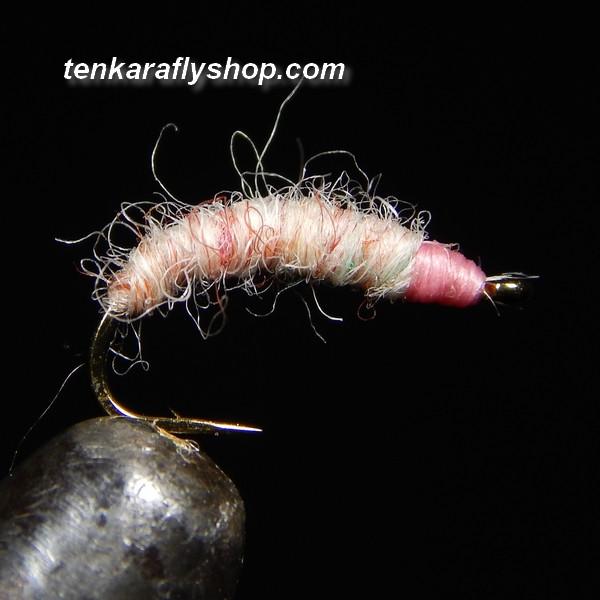
Others use a Glo Brite pink floss wrapped over lead wire which is so bright that it shows through the single layer of wet yarn, giving the fly a very orange or very pink hue. Some use one loose wrap of yarn. Others like the original use one twisted wrap. Sawyer always used three layers of yarn, and the underlying copper or red wire does not really show through as readily as these improvised versions. I have tied some of each variation and will report back soon.
The pink fibers in the Jamieson’s Shetland Oyster yarn do give some appearance to the original Chadwick’s 477 pinkish tone (which the original is actually a bit less pink), but it is not nearly as pink as David’s Utah Killer Bug. If indeed Frank Sawyer was right that the secret of the Killer Bug’s success was the pinkish tone of the fly when wet, David’s version with the Glo Brite underbody should be a killer indeed, even more killer than the original Tenkara Utah Killer Bug! I’m off to kill it, feeling a bit ashamed of my lead wire, Klinkhammer hooks, and pink floss, but hopefully no one I know will see me on the river, having stooped this low from the original. Then again, maybe I’ll like the new ride tripping on the pink floss and all. We will see what the trout says.
There is an interesting discussion on this Tenkara bulletin board about the Utah Killer Bug’s effectiveness:
https://www.tenkarausa.com/forum/viewtopic.php?f=15&t=1730

David’s Utah Killer Bug features a Glo Brite pink underbody.

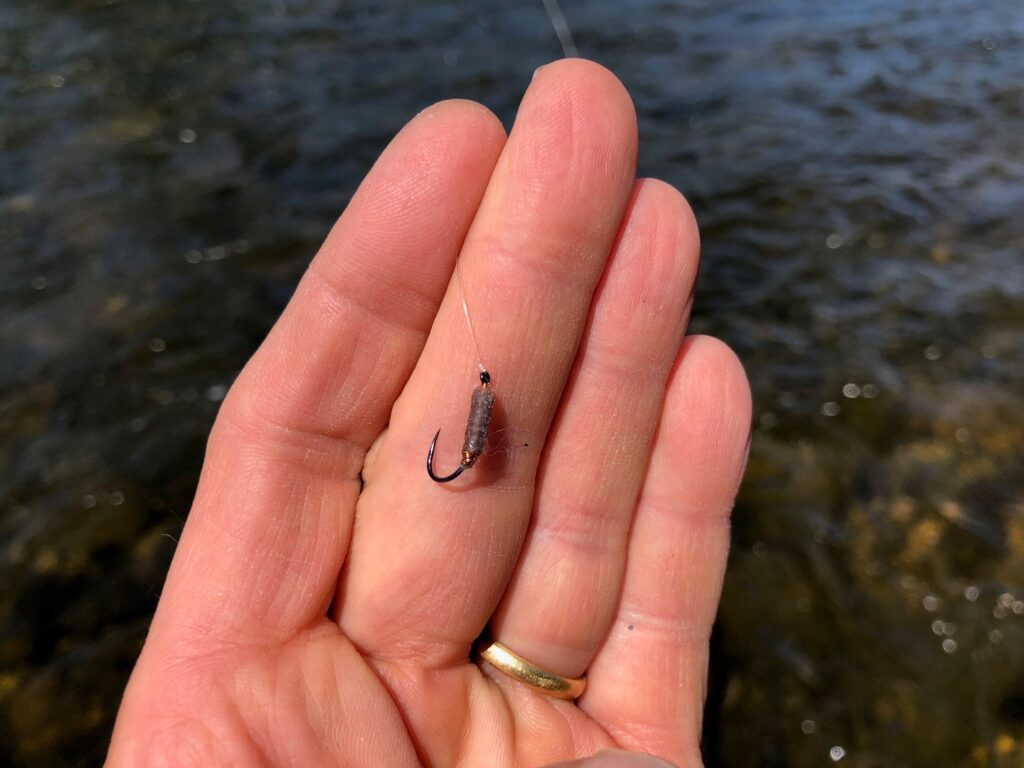

Sent from my iPhone

